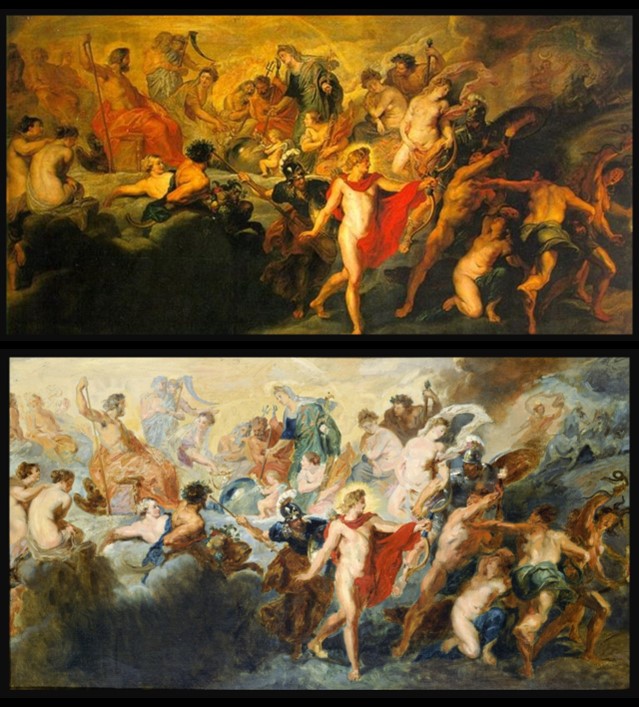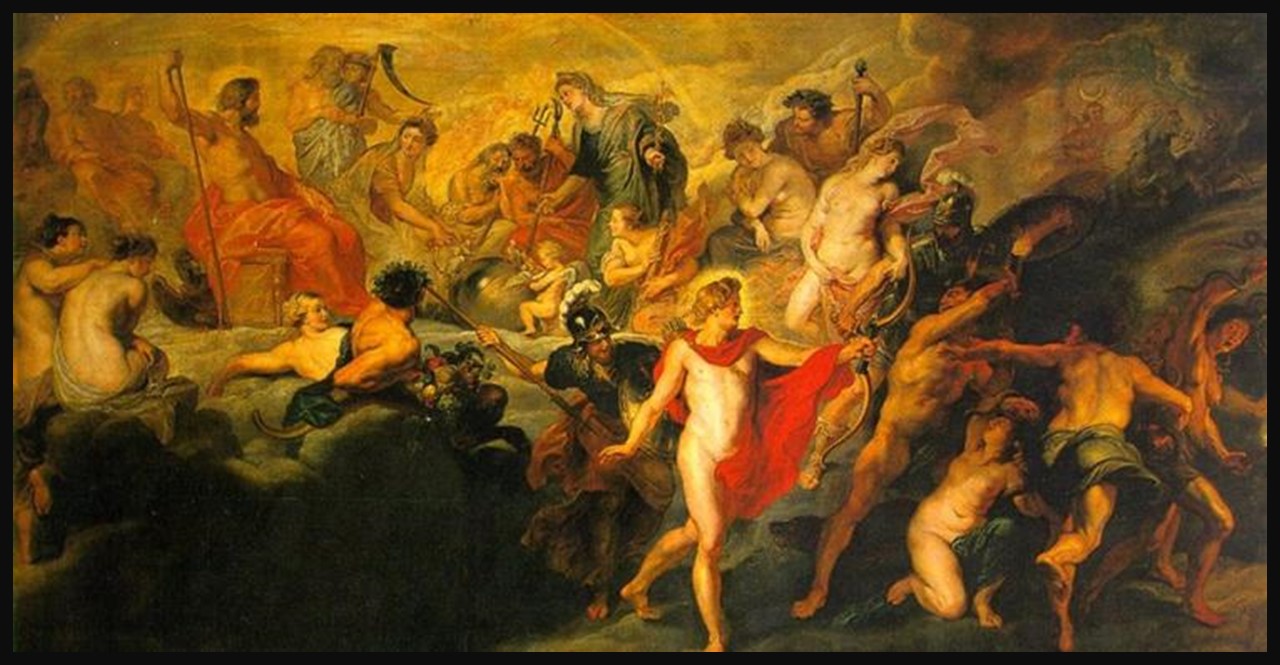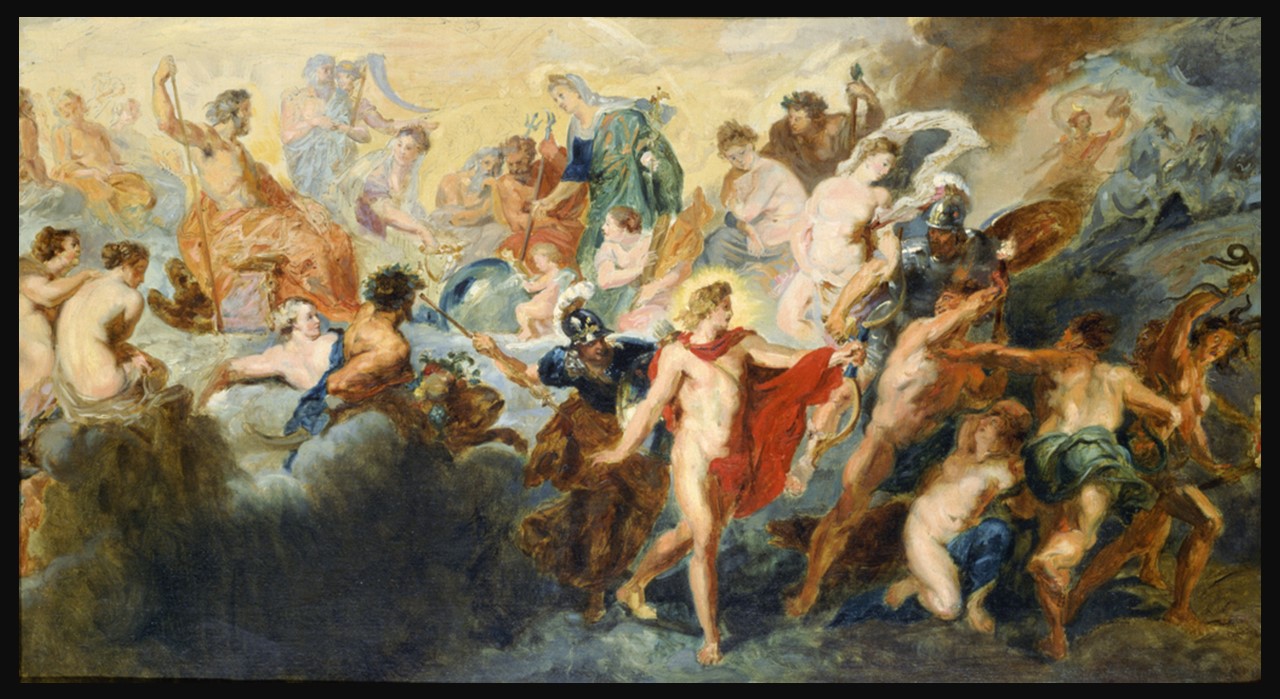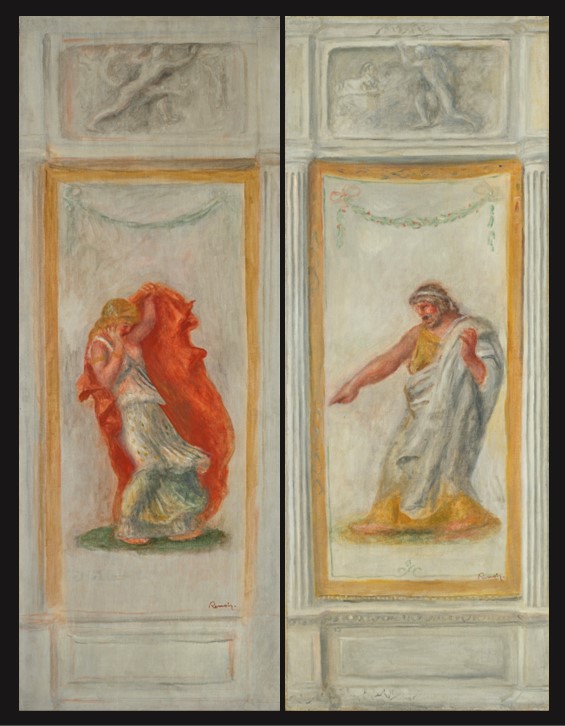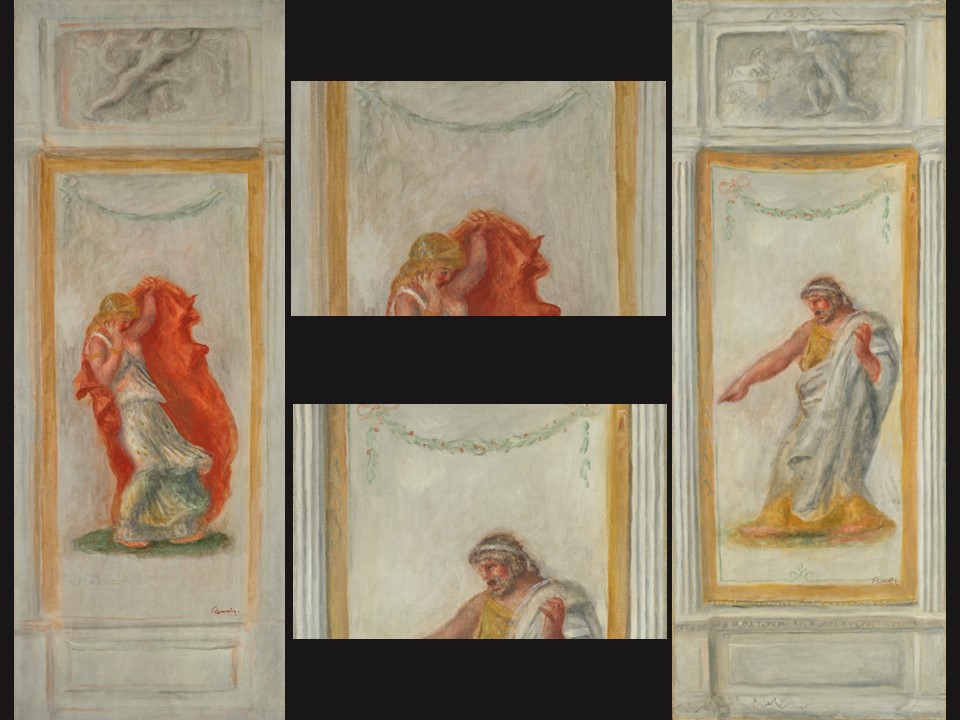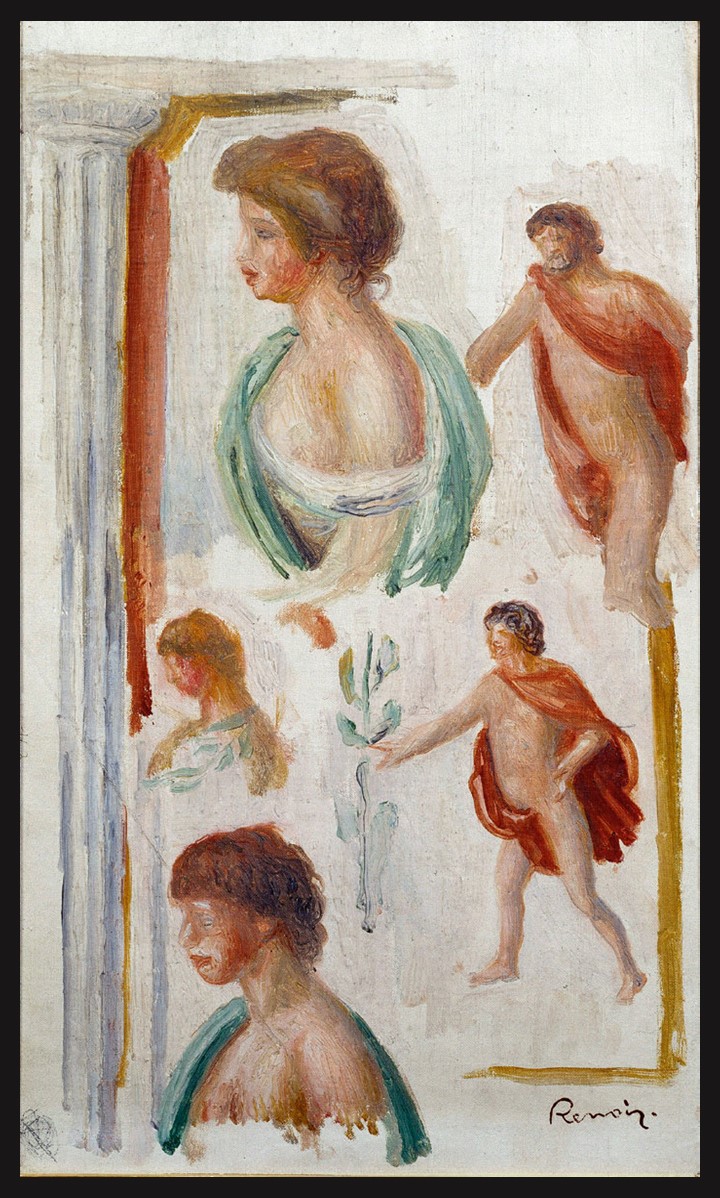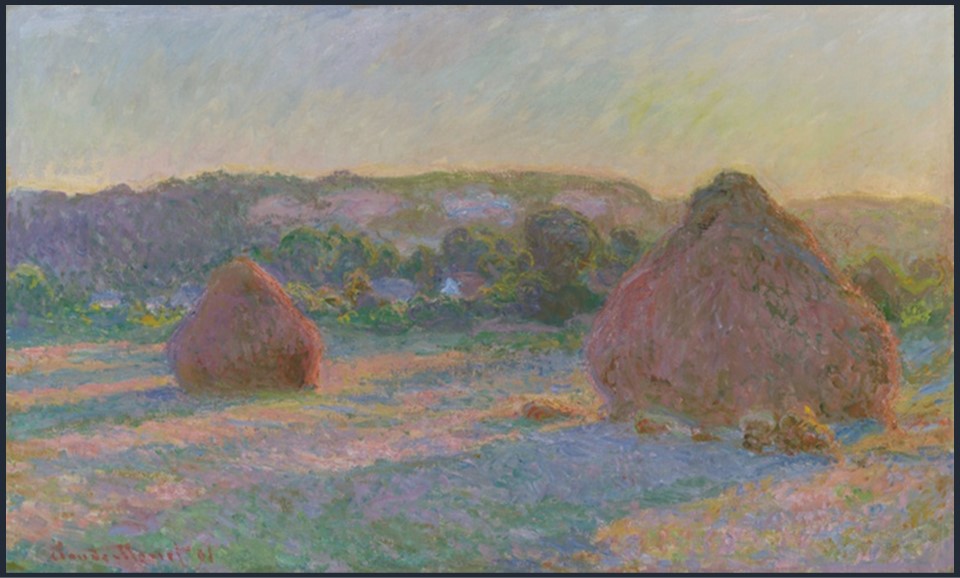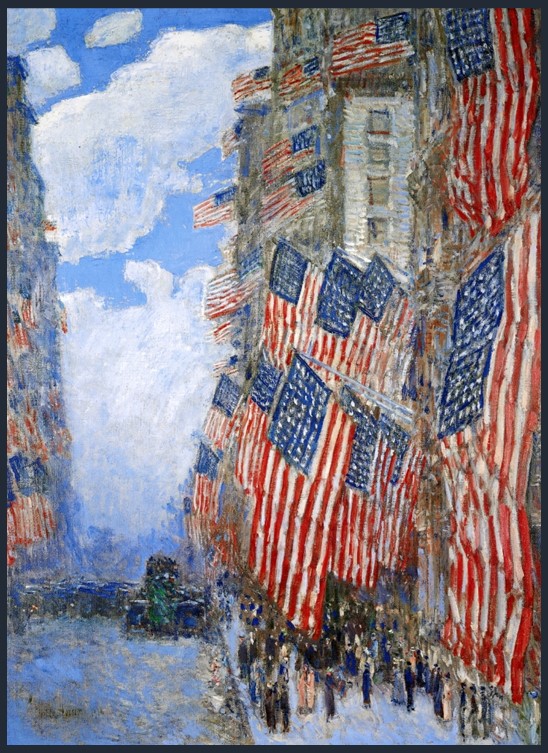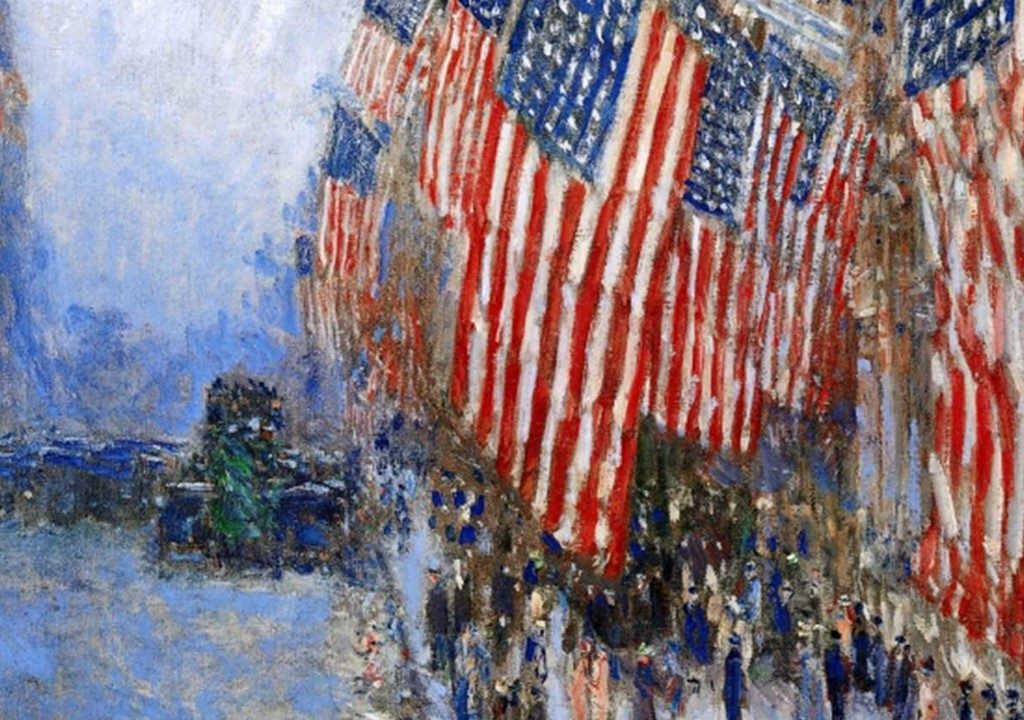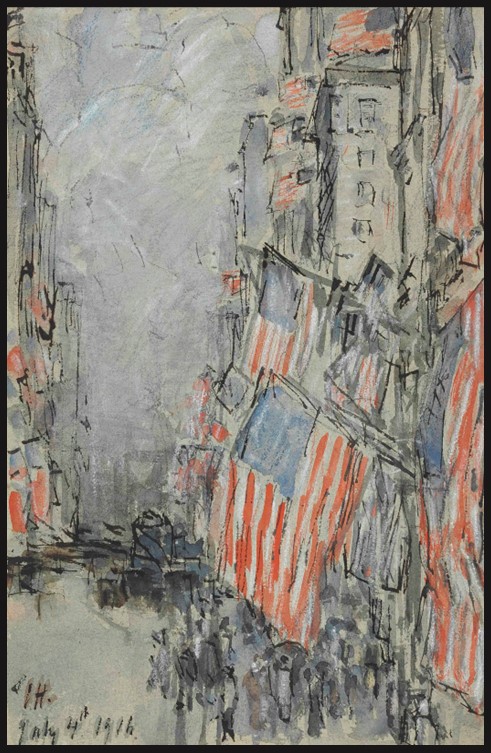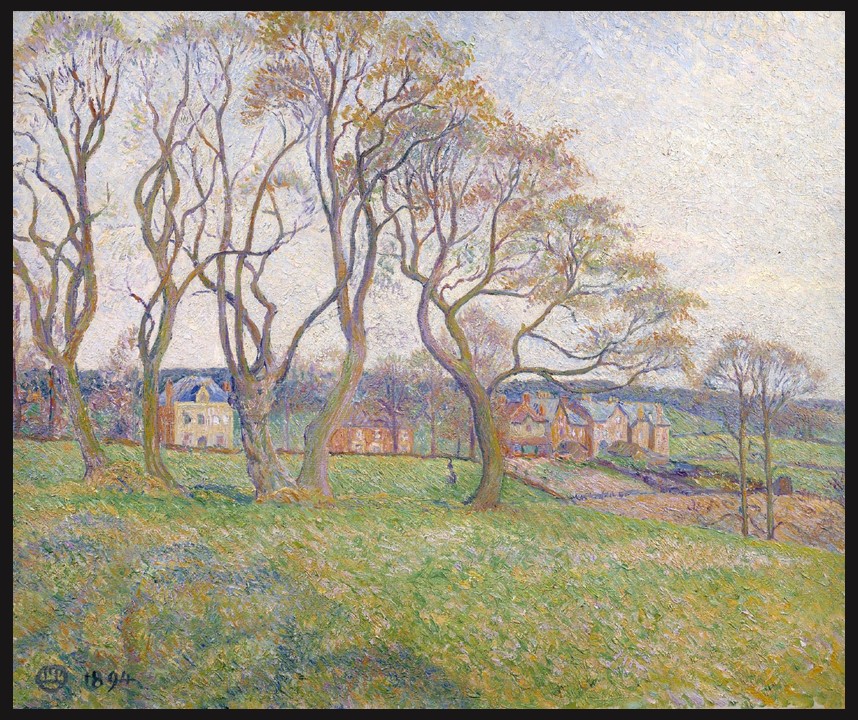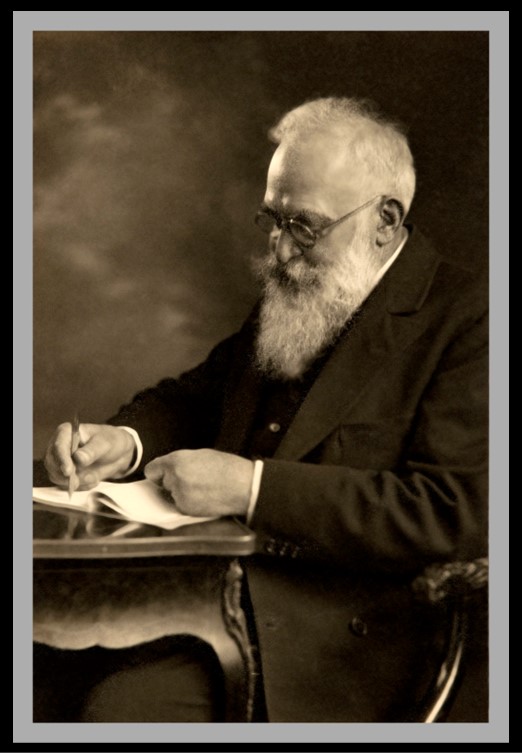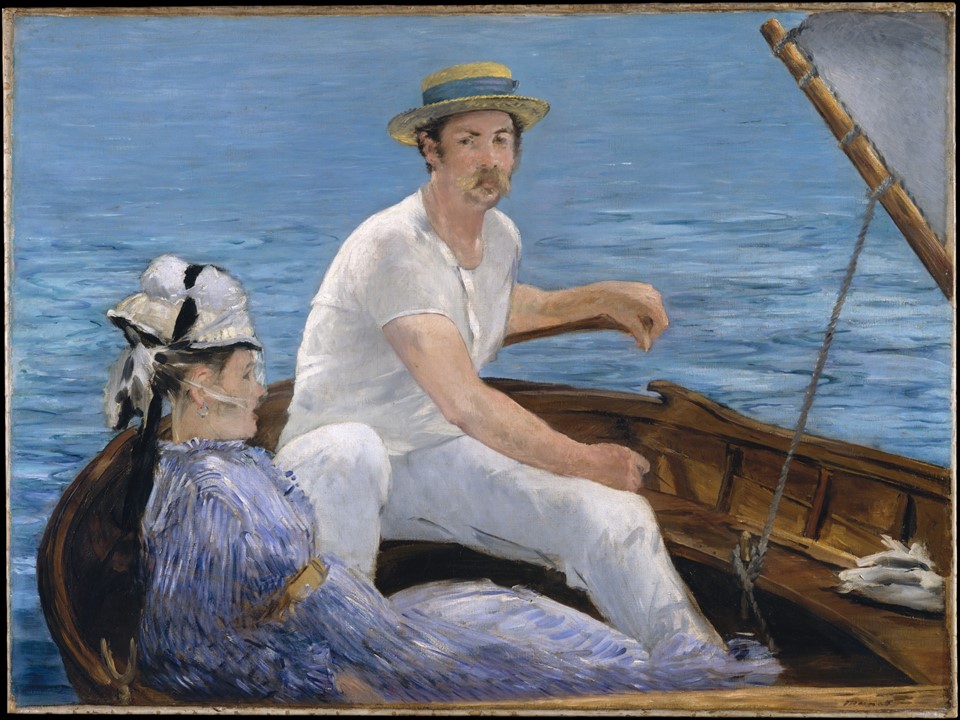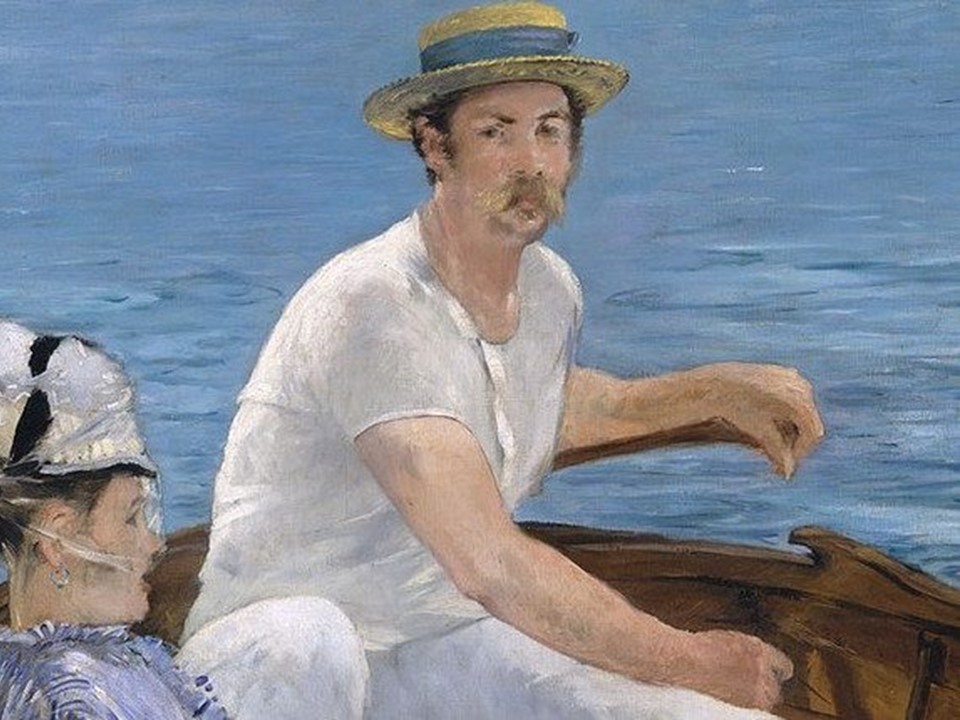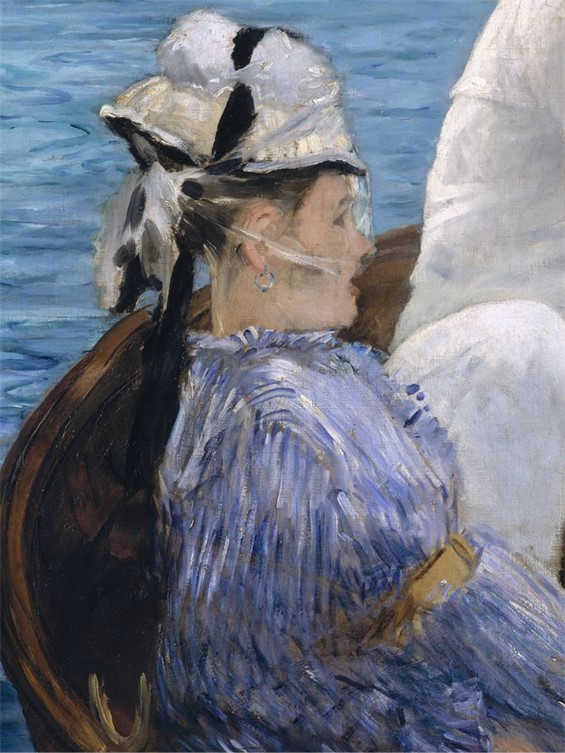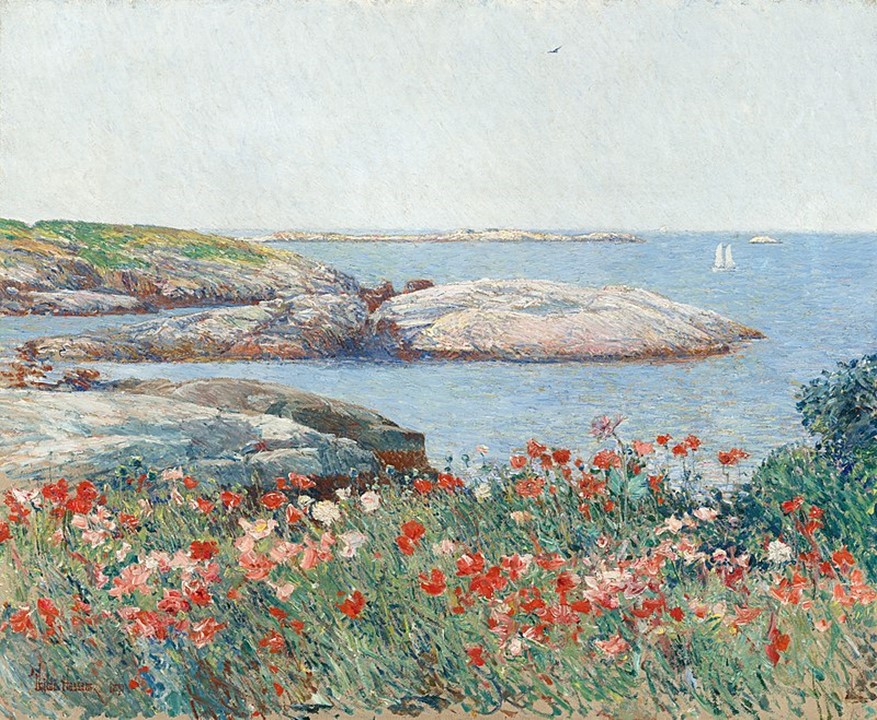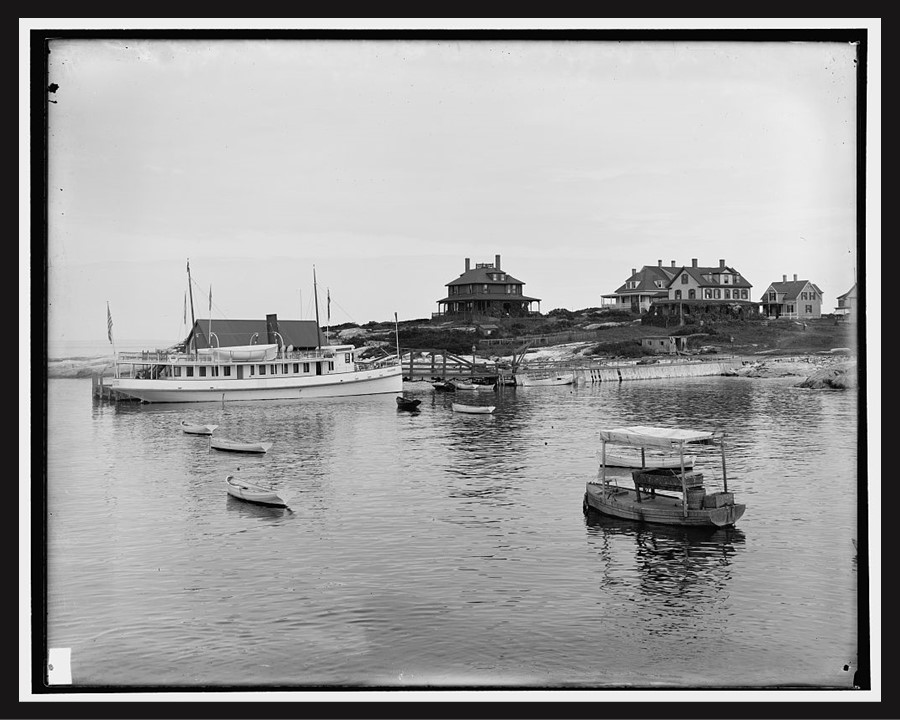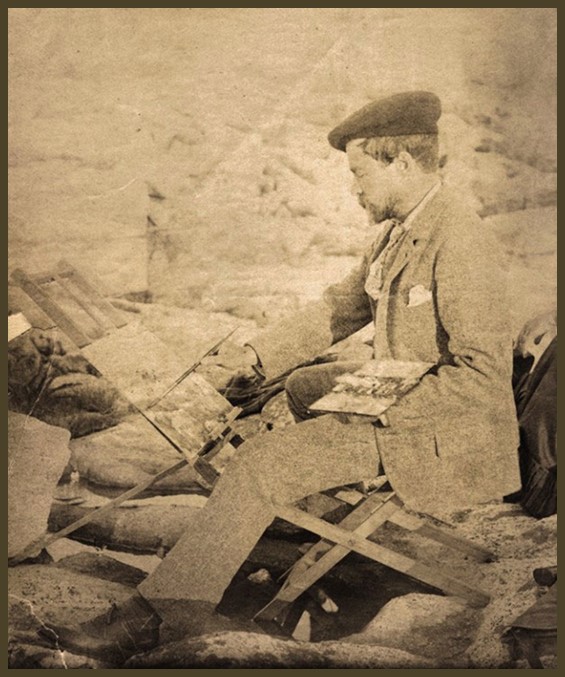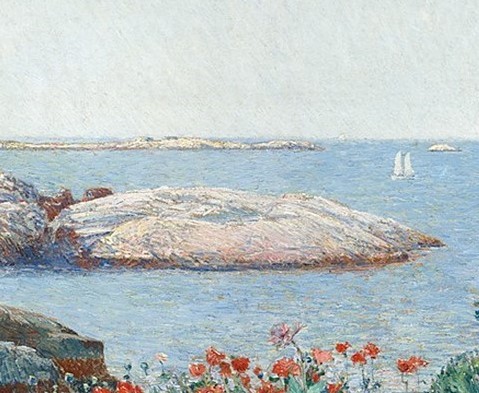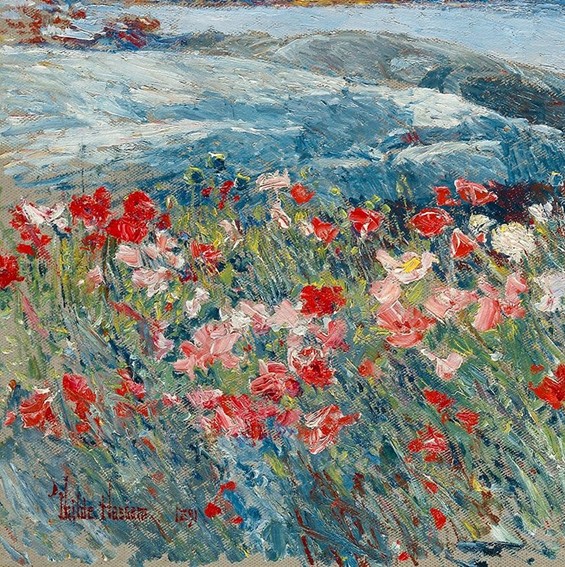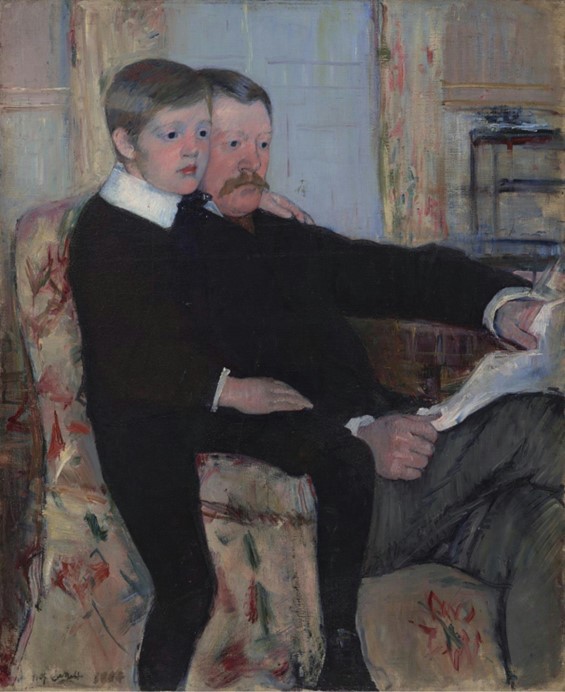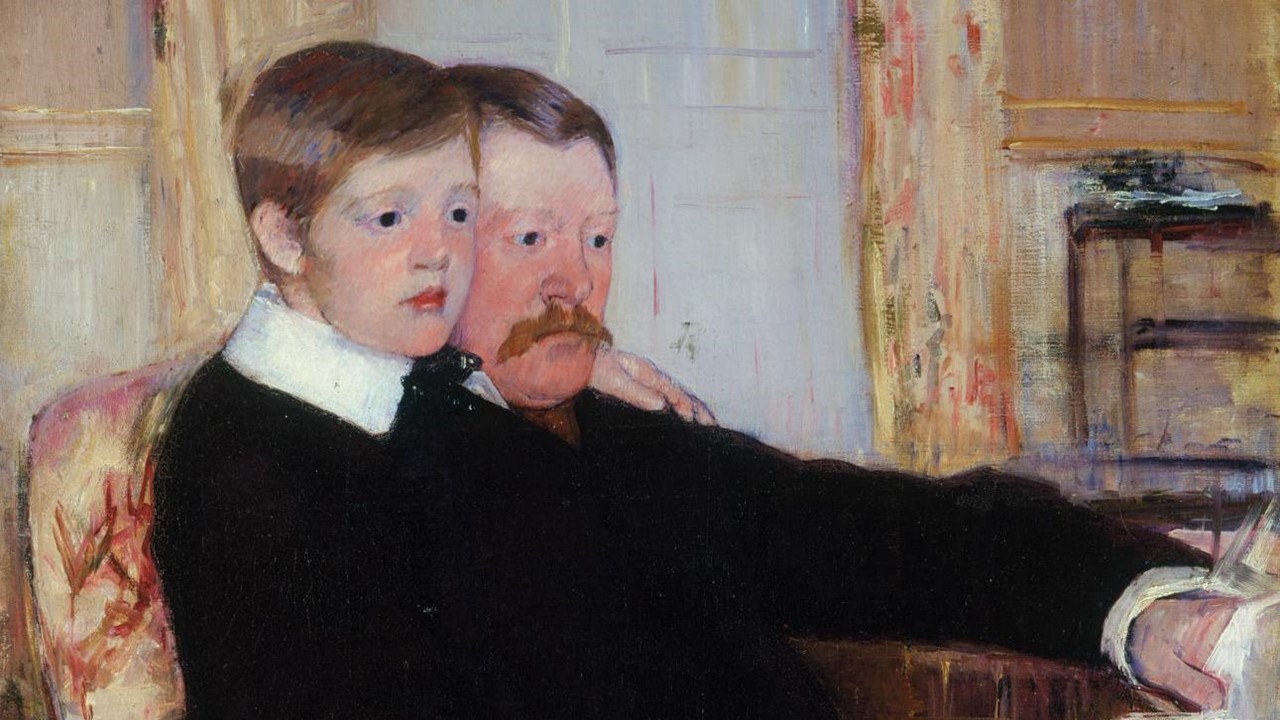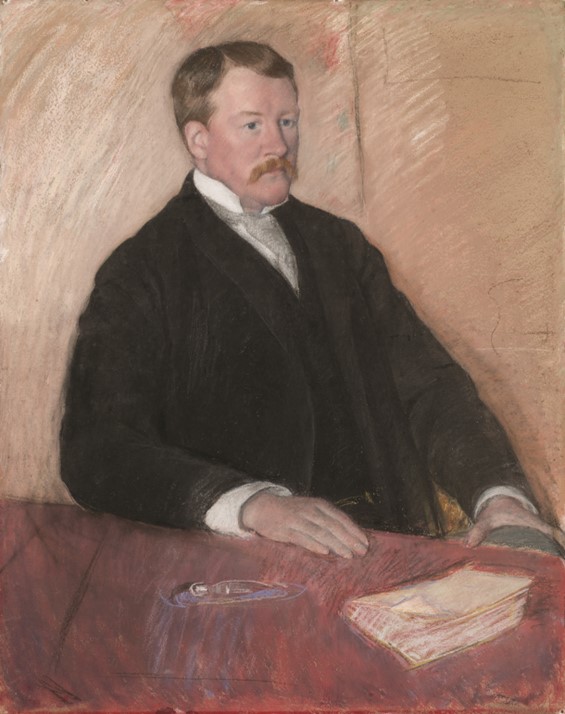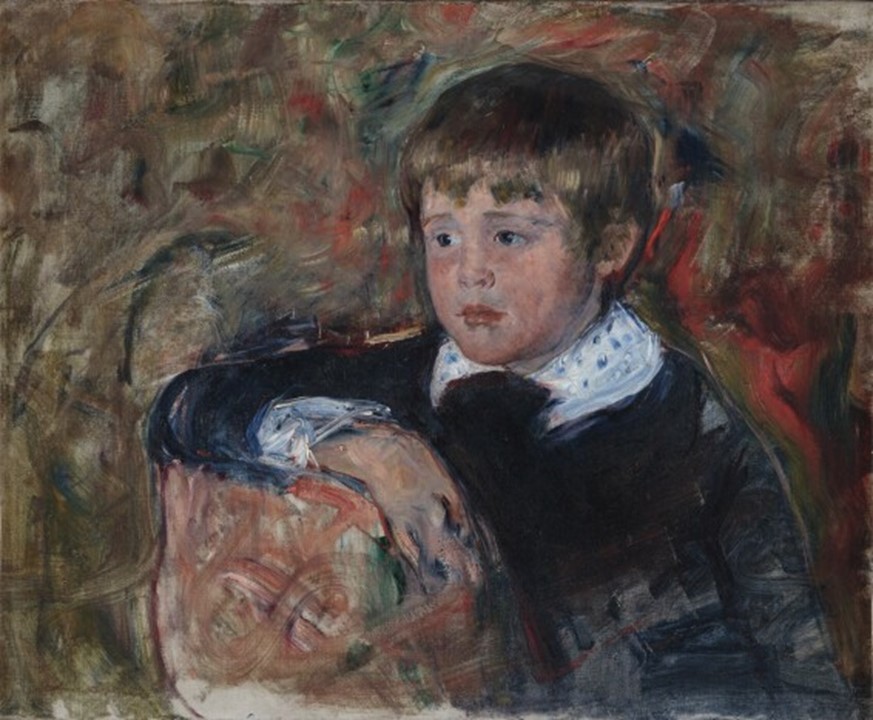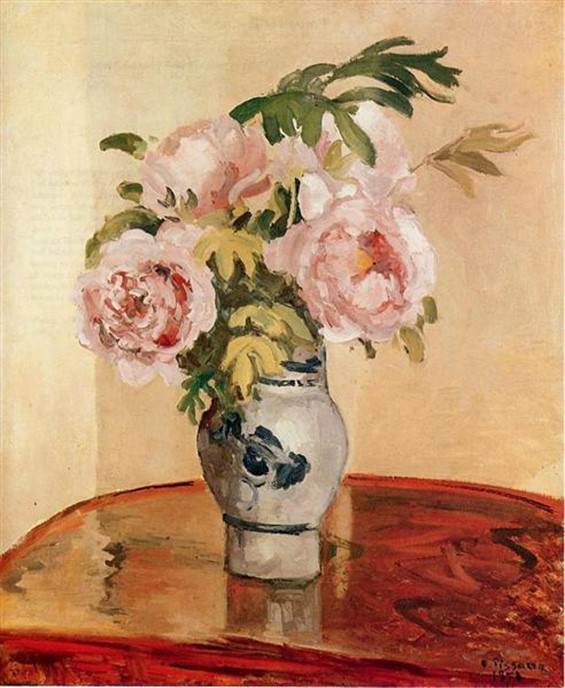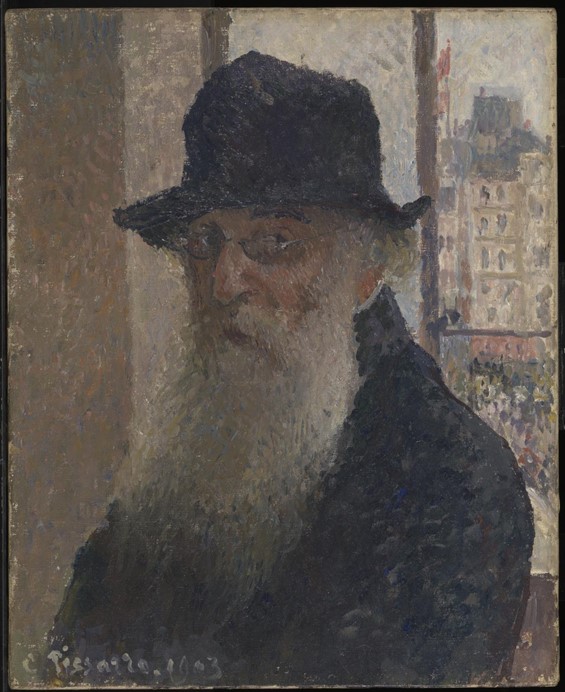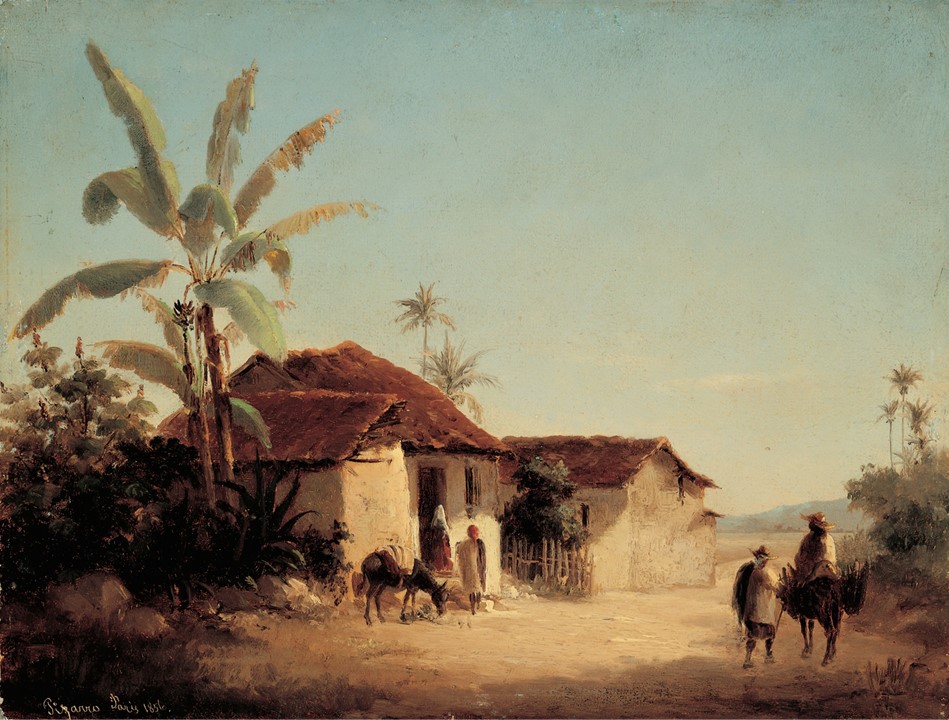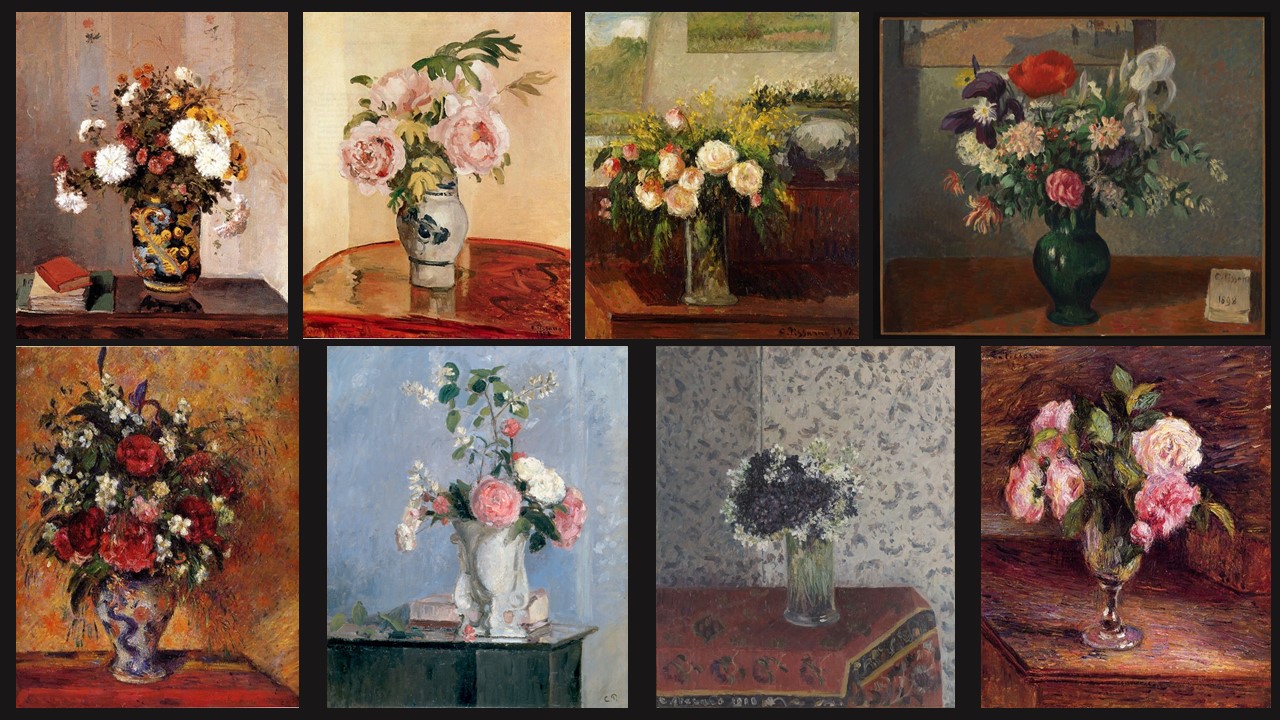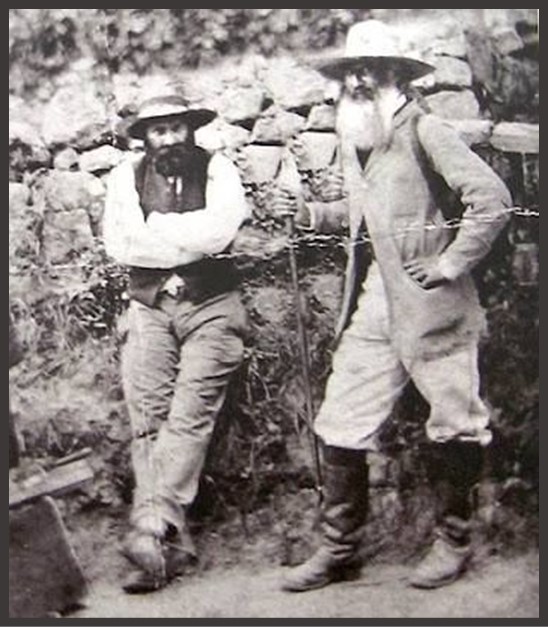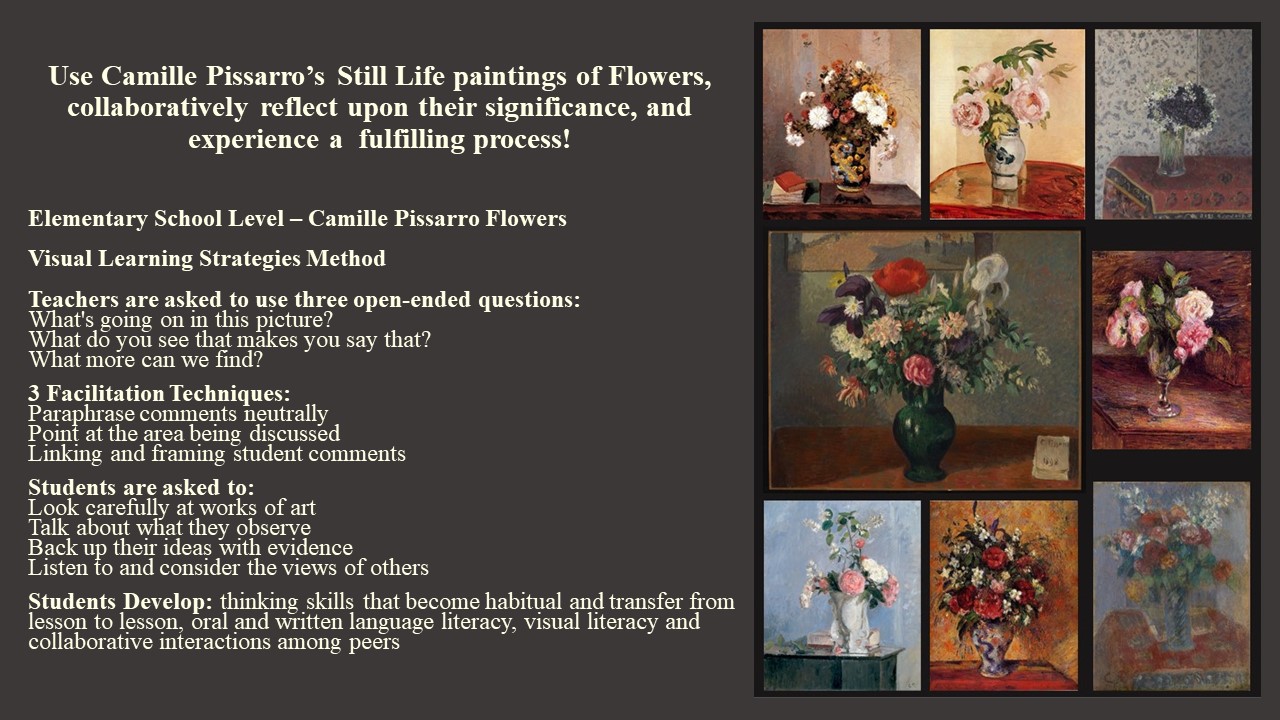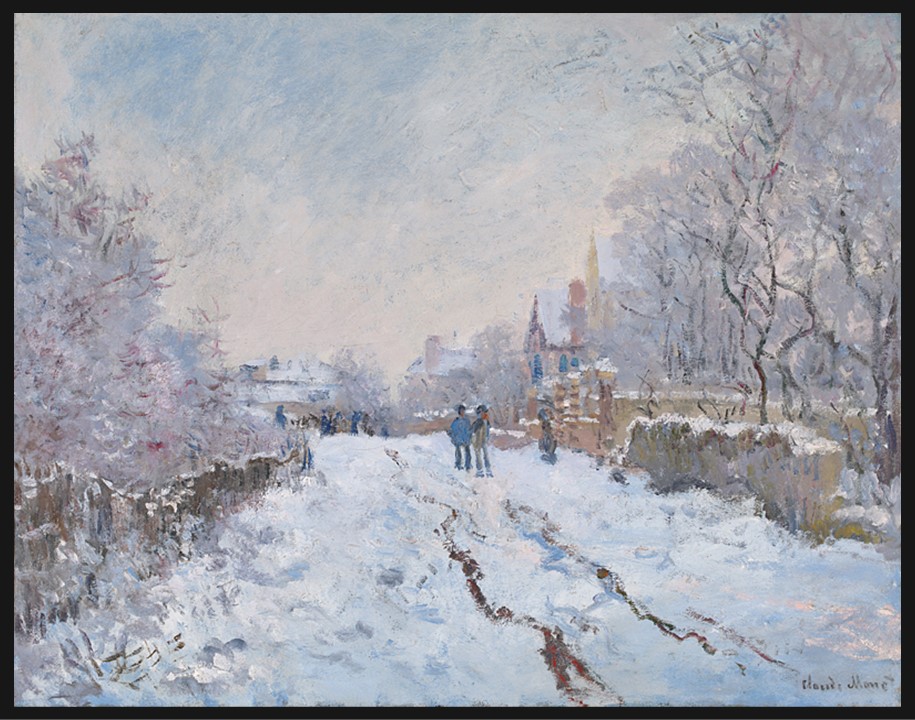
Snow Scene at Argenteuil, 1875, Oil on Canvas, 71.1 × 91.4 cm, the National Gallery, London, UK https://www.nationalgallery.org.uk/paintings/claude-monet-snow-scene-at-argenteuil
Thomas Hardy’s poem Snow in the Suburbs and Claude Monet’s painting Snow Scene at Argenteuil share a common theme of how snow transforms and softens everyday environments, imbuing them with a quiet beauty. Both works capture the stillness that snow brings, turning ordinary settings into places of reflection… Every branch big with it, / Bent every twig with it; / Every fork like a white web-foot; / Every street and pavement mute: / Some flakes have lost their way, and grope back upward when / Meeting those meandering down they turn and descend again. / The palings are glued together like a wall, / And there is no waft of wind with the fleecy fall. / A sparrow enters the tree, / Whereon immediately / A snow-lump thrice his own slight size / Descends on him and showers his head and eye / And overturns him, And near inurns him, / And lights on a nether twig, when its brush / Starts off a volley of other lodging lumps with a rush. / The steps are a blanched slope, / Up which, with feeble hope, / A black cat comes, wide-eyed and thin; / And we take him in. https://poets.org/poem/snow-suburbs
In Hardy’s poem, snow gently covers the suburb, altering the familiar landscape and quieting the usual hustle of the city. He writes about how snow touches everything from roofs to cats, creating a peaceful, almost tender transformation. Similarly, Monet’s painting depicts the serene beauty of snow-covered streets and houses in Argenteuil, where soft light and gentle textures evoke a calm and meditative atmosphere. The quiet streets and the snow-laden environment appear untouched, giving a sense of tranquility. Both works express the delicate, transformative effect of snow. Hardy’s use of precise, quiet imagery mirrors Monet’s soft brushstrokes, each turning a mundane urban scene into something ethereal and profound, highlighting the interplay between nature and human environments during winter.
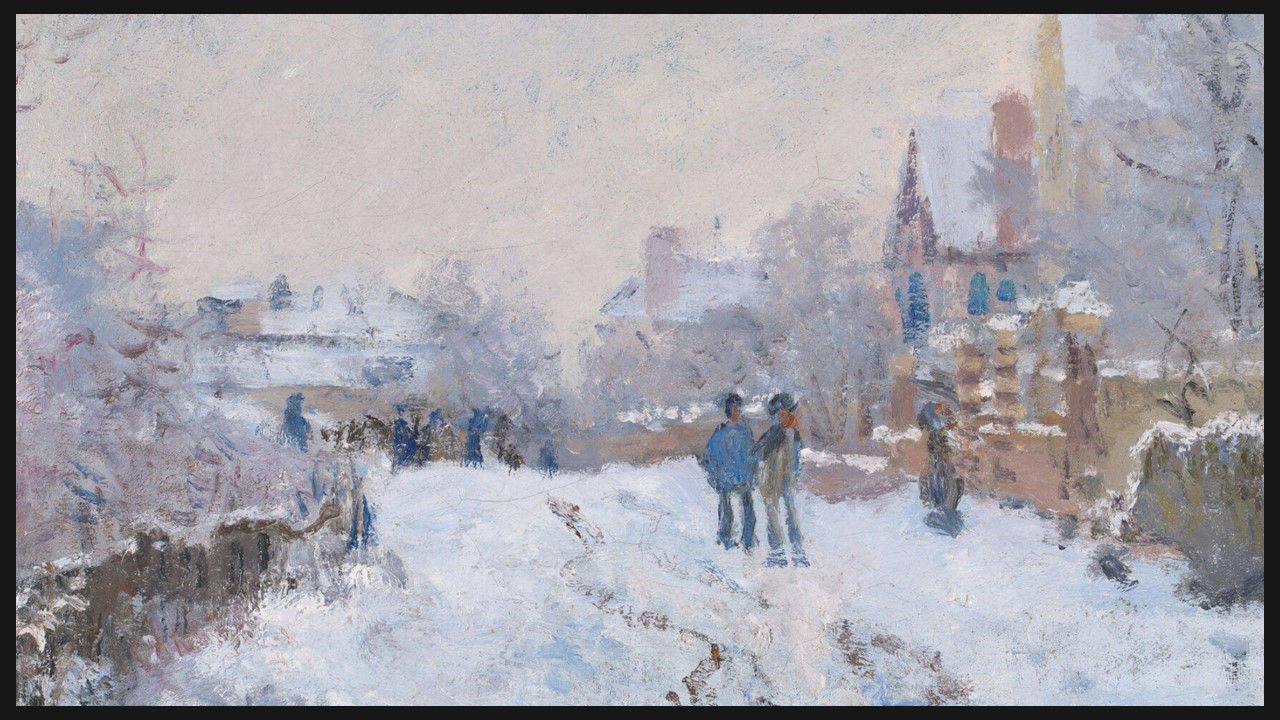
Snow Scene at Argenteuil (detail), 1875, Oil on Canvas, 71.1 × 91.4 cm, the National Gallery, London, UK https://www.nationalgallery.org.uk/paintings/claude-monet-snow-scene-at-argenteuil
Claude Monet lived in Argenteuil, a suburban town near Paris, from 1871 to 1878, a pivotal period in his artistic career. During these years, he fully embraced the Impressionist style, focusing on capturing the effects of light, colour, and atmosphere in outdoor settings. Argenteuil’s scenic landscapes, including the Seine River and its gardens, provided Monet with abundant inspiration. It was here that he painted some of his most famous works, including Snow Scene at Argenteuil and The Railway Bridge at Argenteuil, often depicting the natural beauty of the town with loose brushstrokes and vibrant colours. His home also became a gathering place for fellow Impressionists like Renoir and Manet, fostering the collaborative spirit that helped define the movement. Monet’s time in Argenteuil solidified his position as a leading figure in the development of Impressionism.
Monet painted several snow scenes during the winter of 1874-75 while living in Argenteuil, capturing the tranquil, muted beauty of the snow-covered suburban landscape. One of these canvases, showing the Boulevard Saint-Denis, depicts a quiet, snow-blanketed street near his home, with figures slowly making their way through the thick snow. The scene captures the foggy atmosphere of winter, where the distant buildings seem to fade into the mist, and the snowy road, marked by cart tracks, leads the viewer’s eye toward the horizon. Despite the serene and picturesque view, Monet subtly conveys the modernity of Argenteuil, a developing suburb of Paris, with newly built houses lining the boulevard, blending the timeless beauty of nature with the progression of urban life. These snow scenes reflect Monet’s mastery in depicting light and atmosphere, transforming a modern setting into a peaceful, almost dreamlike winter landscape.
For a Student Activity inspired by Claude Monet’s painting Snow Scene at Argenteuil, please… Check HERE!
